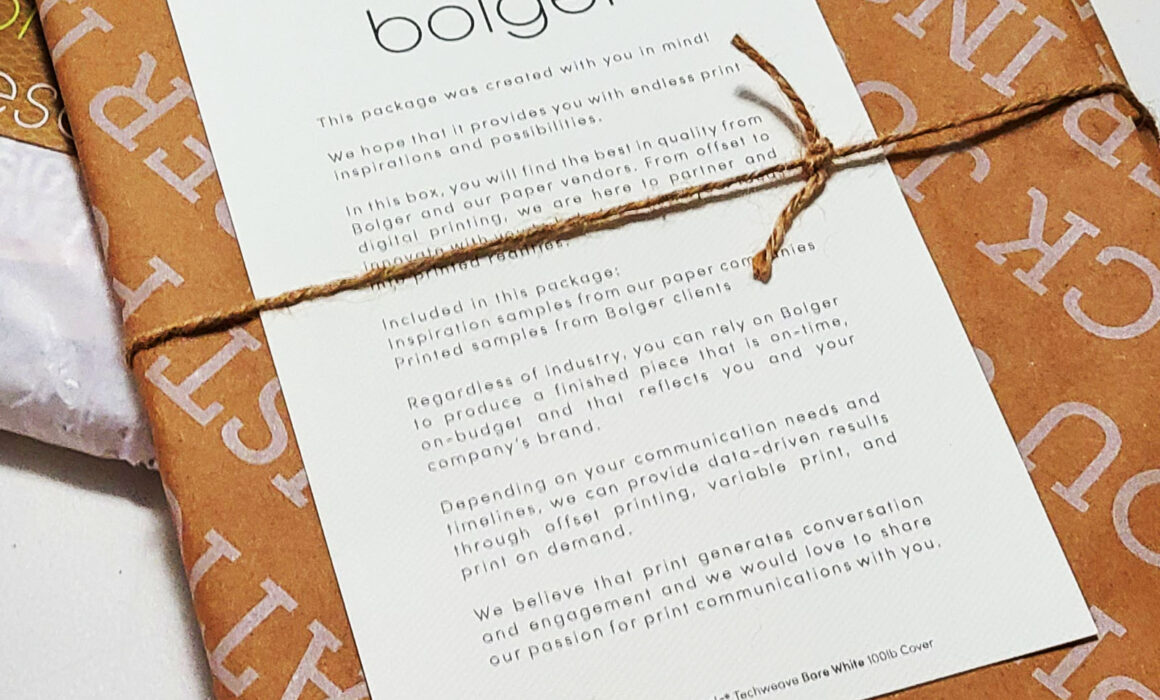Democracy And A Crash Course In Print Basics
ELECT THE BEST (PRINT TYPE) FOR THE JOB.
Flexography, Linography, Lithography. Let me guess. Your head is spinning because the only word that ends in “ography” that you can define right now is Geography, and you’re pretty sure that has nothing to do with print (although it’s been a while). I get it. What you need is an honest person that knows the ins and outs of print, someone you can trust (rare with our current political climate, I know) so that you can ‘elect’ a print choice that you’re confident about. It’s kinda hard to wade through all of the ‘fake news’ on the world wide web these days, but I promise I have your best print interests in mind and will not lead you astray. Let’s talk OGRAPHIES!! (And other types of print).
LINO PRINTING (LINOGRAPHY)
You can produce a super low quantity, you can’t go any lower budget, and it will get your artsy fartsy kicks out.
Low quantity, you can only reliably print an image (no type), oh, and you might accidentally chop a finger off. My unsolicited advice? Potato prints are more fun (Google it).
SCREEN PRINTING
Cool-looking, versatile (can print on textiles AND paper, woah!), and it’s great for special effects. Good for short runs if that’s your jam.
Pretty labor intensive on the side of the printer so it costs more, the ink is very opaque so colors won’t mix easily, less detail, and it’s really only viable for small runs.
OFFSET LITHOGRAPHY
When working with the right team, offset litho can do almost anything. This form of print is great for long runs, high or low budgets, special techniques, special inks, and it produces the highest quality color in print. It is also fast, like zoooom!
Nothing at all. Okay fine, there is one. It isn’t good for short runs.
DIGITAL PRINT
Budget friendly, fast, and variable print is an option so it can be good for direct mail—we talked about direct mail, memba?
Color quality is usually lower than Offset Lithography
LETTERPRESS
Beautiful, unique, tactile.
Expensive, labor intensive, limited colors, and slow.
LARGE FORMAT/WIDE FORMAT
Ridiculously small runs (usually 1-10 pieces) so very customizable, you can print on nearly anything, fairly cost effective.
Becomes very costly for longer runs, typically no special effects other than white ink or the substrate.
THE TRUTH ABOUT TECHNIQUES.
Wouldn’t that be nice? The truth? Coatings, varnishes, anilox rollers, what have you. We. Got. You. Read on for some basic techniques that are available in the print world.
AQUEOUS COATING
The most basic of coatings, Aqueous Coating, or AQ as the pros call it, is a water-based coating that is primarily used for protecting print: scuffing, marking, scratching, and fingerprinting. On occasion and if you are printing on a reallyyy cheap sheet, this can be made to deepen the color and make the overall print job look better (like makeup for print!)
SPOT UV
Spot UV is the shiniest coating out there. This is either applied as an overall coating, or more commonly, to a specific area on a printed piece to call attention to it.
SOFT TOUCH
Have you ever touched a magazine or a can and told everyone around you to feel it too because it’s so freaking velvety? Yeah, that’s Soft Touch. Soft Touch is another UV coating that creates a soft (duh) texture which results in you wanting to interact with both the piece and the message more. When used correctly, this is the bee’s knees.
VARNISHES: MATTE AND GLOSS
Unlike a coating, varnishes are applied using an extra plate on the press. Although they are also used to create special effects, they are more subtle than UV coatings. Gloss Varnish can help to add depth to an image, while Matte Varnish is used to flatten/soften a piece (hey, matte is in people), or create contrast. Key thing to note with varnishes is that they yellow over time, so if this is a printed piece that you want to stick around, maybe think twice.
RETICULATING VARNISH/STRIKE THRU
This effect is achieved by applying a spot Matte Varnish to the sheet underneath a gloss overall coating. When you apply enough of the varnish/coating, a chemical reaction occurs where the gloss is not only neutralized in the areas where the matte varnish is, but it also beads up, creating a bumpy, textured look and feel.
ONE BLOG, INDIVISIBLE, WITH COATINGS AND PRINT TYPES FOR ALL.
Now you know a thing or two (and I really mean only a thing or two) about print and its history of revolution and empowerment. Cool! Here’s the thing to remember: when done correctly, everything in print is done on purpose. From the stock to the type of print to the technique, fold, bindery, blah, blah, there is always a goal in mind, whether that be to get attention, save money, or create something that will stand the test of time. My advice? When (because it is a when, isn’t it? :P) you decide to print something, make sure that you are working with a skilled and honest printer that understands both print and marketing. That way, when you tell them your end goal, they can help you craft your project so that it strengthens your message, without costing you extra money that you didn’t need to spend. Make sense? Do you need a printer like that? Look no further than Bolger. Shameless plug, but really, they are ah-mazing. Just ask, well, me. Hah. Next time, I’ll give you the low-down on papers and how to choose. Now go out and spread the word: print rocks! And PLEASE, for the sake of democracy, our nation, its future, and all the people living in it that deserve justice, fill out those ballots in November.
GLOSSARY:
Run = The period of time that a project is on the press
Techniques = PMS Colors, metallic inks, special coatings





